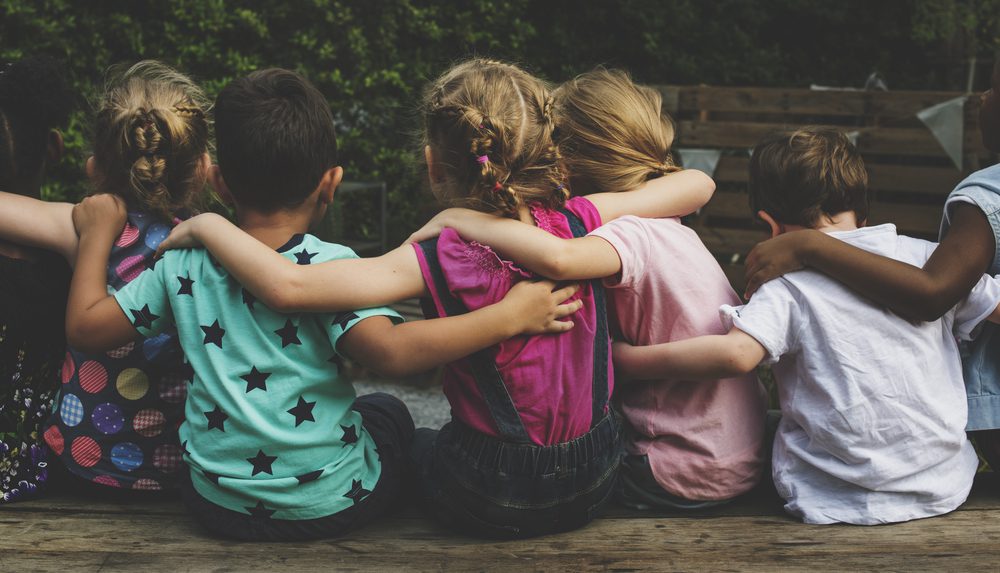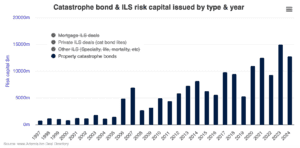Could we end mental health stigma in our children’s generation?

Kids and teens need access to mental health services. Providing those services and starting conversations early could dismantle the stigma around mental illness.
The term “stigma” comes from the Latin word for branding or tattooing the skin. Its origins reveal how stigma functions: external forces (stereotypes, social pressure, discrimination) penetrate the individual psyche, leaving a wound that is difficult to heal.
When it comes to behavioral health, stigma might not literally scar the flesh, but it can have a devastating physical effect over time. Stigma can discourage people from seeking mental health care, undermine recovery efforts, provoke social isolation and contribute to feelings of hopelessness. These feelings can reveal themselves in a variety of ways, including chronic disease, self-harm, substance use and domestic violence.
Attitudes toward mental health are shaped early in life. Dismantling the nearly universal stigma associated with behavioral health care could depend on how we work with children and adolescents.
Imagine the impact if young Americans never fall into the habit of singling out “those with behavioral health needs,” and instead recognized that every person has mental health needs at some level. What if children collectively understood that we all need to take steps to strengthen, preserve and, in some cases, heal our mental health? Could we reframe the narrative at an early age, so that we collectively stop thinking in terms of “mental health” versus “physical health,” and instead just think about “health”?
Working carefully with children and adolescents to normalize behavioral health support could do more than heal the wounds caused by the stigma – it might prevent them from being inflicted in the first place. Moving toward this ideal will require a more robust behavioral health workforce, specifically trained to serve and educate children and adolescents.
Why Every Community Needs a Robust Network of Experts Trained to Work with Children and Adolescents
As in many parts of the country, many North Carolina communities do not have the workforce capacity to keep up with rising behavioral health needs among children and adolescents. North Carolina has 100 counties. 94 of them are considered mental health professional shortage areas, and 61 have no child or adolescent psychiatrist.
Complicating matters further is the lack of experts trained to serve students where they are most likely to access behavioral health services: their schools. According to Hopeful Futures America’s School Mental Health Report Card, North Carolina’s schools have:
1 school counselor for every 354 students
1 school social worker for every 1,584 students
1 school psychologist for every 2,527 students
In each category, the ratio of staff to students falls far below recommendations. These deficits likely mean that many children receive help only in a period of crisis (if then), with too little emphasis on taking steps to prevent or catch challenges before they escalate.
Recently, Blue Cross and Blue Shield of North Carolina (Blue Cross NC) committed $2 million to support 11 community-based organizations working to expand pathways to behavioral health care in rural and underserved communities. One of the recipients is the Foundation for Health Leadership & Innovation (FHLI), which received a grant to support a statewide effort to equip the behavioral health workforce to better serve children, youth and their families.
Integral to the FHLI effort is a fellows training program, designed to support both licensed behavioral health specialists and graduate students who share an interest in specialized work with youth mental health. These clinician fellows will serve North Carolina’s children, youth and families in pediatrician offices, outpatient therapy, specialty clinics, hospitals, emergency departments and through school-based services.
Building a system that can provide children and youth more access points to behavioral health services is critical at this historical moment: the Centers for Disease Control and Prevention recently warned of the growing youth mental health crisis, with more than 4 in 10 teens reporting that they feel “persistently sad or hopeless,” and 1 in 5 saying they have contemplated suicide. Helping schools build their capacity to respond to this escalating need is especially important.
The near-term benefits of providing students with mental health services are clear. In part because schools provide a positive, less stigmatizing environment. “Youth are six times more likely to complete evidence-based treatment when offered in schools than in other community settings.”




